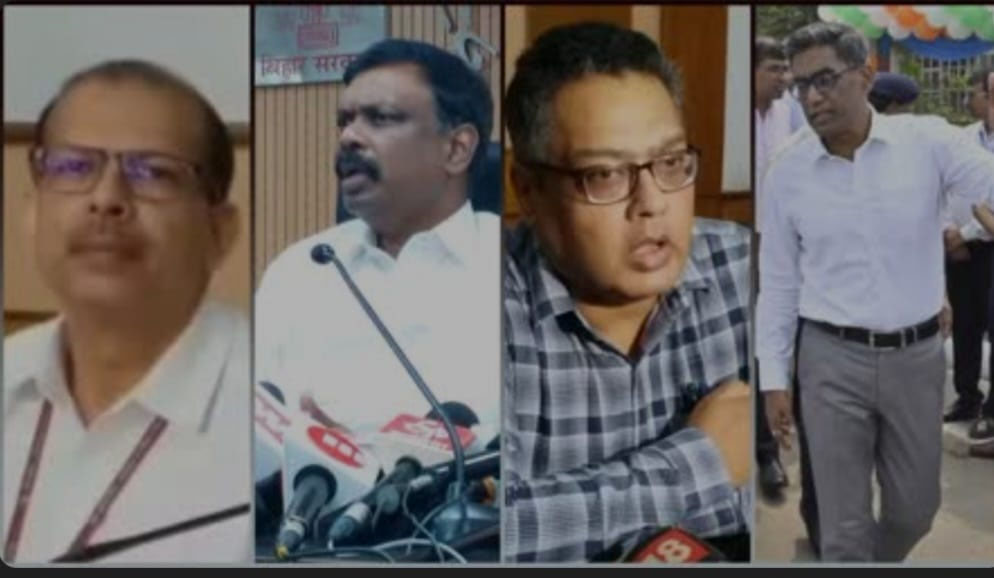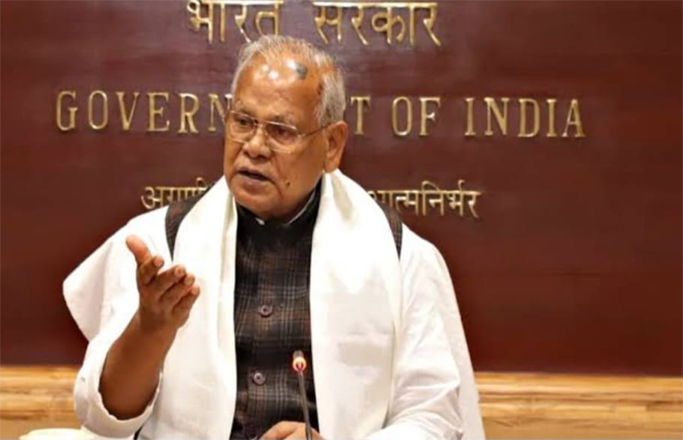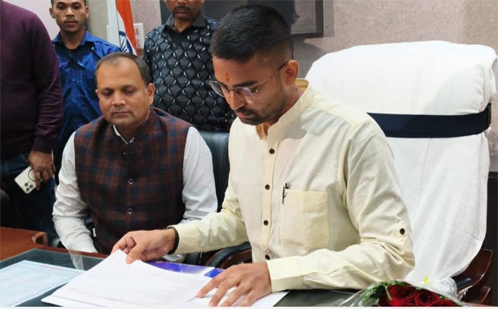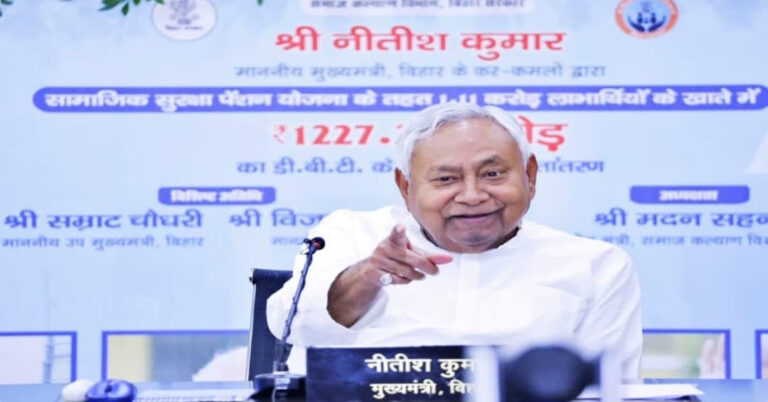
By Neeraj Kumar
Patna: Is the workload affecting the efficiency of IAS officers in Bihar? This question has come to the fore as many officers, who would typically manage one department, are now responsible for several. While this has raised concerns in some quarters, ministers maintain that there are no issues with the current arrangement.
Currently, there are eight officers at the Chief Secretary level in the Bihar government. Apart from Chief Secretary Amrit Lal Meena and Development Commissioner Chaitanya Prasad, six officers are managing more than one department. Similarly, out of twelve Principal Secretary-level officers, six are handling multiple departments.
KK Pathak, a well-known IAS officer from the 1990 batch, is both the Chairman of the Revenue Council and the Director General of the Bihar Institute of Public Administration and Rural Development (BIPARD). Another senior officer, Pratyaya Amrit from the 1991 batch, who is considered one of Chief Minister Nitish Kumar’s trusted officials, holds the charge of three major departments: Health, Road Construction, and Disaster Management. He has been managing these departments for several years.
Similarly, 1991 batch officer Dr S Siddharth holds the role of Additional Chief Secretary in both the Cabinet Secretariat and Education Departments, while also serving as the Principal Secretary to the Chief Minister. In addition, he is the Director of AN Sinha Institute and oversees several other institutions.
Deepak Kumar Singh, a 1993 batch officer, is handling the Rural Works Department alongside the Revenue and Land Reforms Department. Harjot Kaur Bamhra, another 1993 batch officer, manages both the Social Welfare Department and the Bihar State Women and Child Development Corporation.
Mihir Kumar Singh, from the 1993 batch, is overseeing the Panchayati Raj Department, along with multiple roles in the General Administration and Mines and Geology Departments, including Managing Director of Bihar State Mineral Development Corporation Limited.
Other officers, such as Arvind Kumar Chaudhary and Dr B Rajendra, both from the 1995 batch, are also handling multiple roles. Chaudhary is managing the Home and Vigilance Departments, while Rajendra oversees the General Administration, Sports Departments, and other key roles.
The workload on these officers has prompted some experts to voice concerns. DM Diwakar, former director of the AN Singh Research Institute, commented that each person has a limit to how much work they can handle. When an officer is tasked with managing more than one department, delays in file movement are inevitable, which could affect the timely implementation of development plans. Diwakar cited the example of Bihar’s education system, which once had separate ministries for primary, secondary, and higher education, each with its own ministers and secretaries. Now, the education sector is under a single department, and when its head is also tasked with overseeing other areas, the quality of work is likely to suffer.
Former IAS officer Lallan Singh echoed these sentiments, pointing out that when officers are spread thin, coordination can be challenging, especially when they are handling departments of varying natures. He noted that fewer officers lead to more responsibilities being assigned, which can strain efficiency.
However, members of Nitish Kumar’s cabinet disagree with these assessments. Bihar government minister Sheila Mandal stated that the Chief Minister is well aware of each officer’s capacity and assigns responsibilities accordingly. “The Chief Minister assigns multiple roles to officers based on their abilities. There are no problems arising from this,” she affirmed.
Actually, there has been a shortage of IAS officers in Bihar for a long time. This is a big reason due to which the IAS officers of Bihar are burdened with work. The total sanctioned posts of IAS officers in Bihar are 359 and currently 300 IAS officers are working in Bihar. Out of these, 25 IAS officers are also on central deputation.
The author is a Patna based journalist




